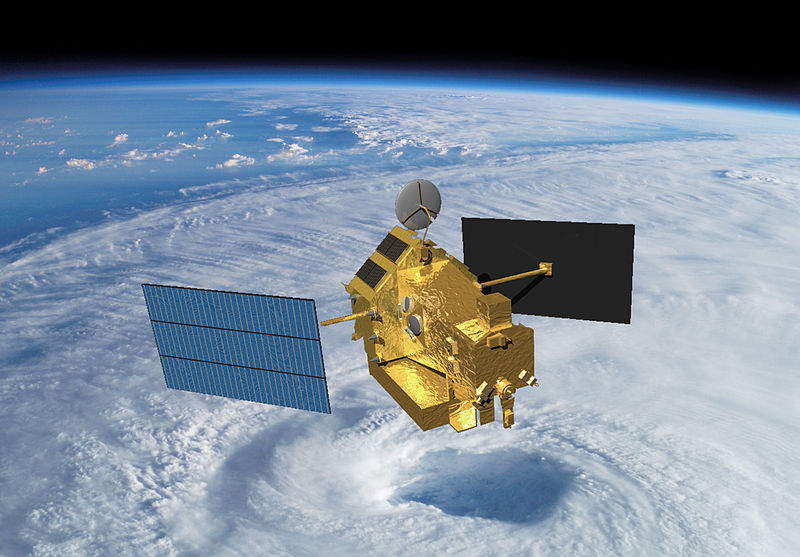|
HOME
Number Number Language Factors, Multiples, Primes Directed Numbers Accuracy Rounding Whole Numbers Decimal Places Significant Figures Upper and Lower Bound Calculations Ordering Numbers Order of Operations Fractions and Decimals Introducing language Equivalent and Simplifying Fractions Fraction of Amount Improper Fractions and Mixed Numbers Fractions and Decimals Adding and Subtracting Fractions Multiplying and Dividing Fractions Percentages Percentages, Fractions, Decimals Percentage of Quantity A Quantity as a Percentage of another Percentage Increase and Decrease Reverse Percentages Ratio and Proportion Dividing a Quantity in a Ratio Direct and Inverse Proportion Indices, Standard Form Indices Fractional and Negative Indices Exponential Equations Standard Form Interest Simple Interest Compound Interest Venn Diagrams Algebra and Graphs Geometry Mensuration Coordinate Geometry Trigonometry Vectors/Matrices/ Transformations Probability Statistics |
How to write a number in Standard Form

The next example question will show you step by step how to write very large and very small numbers in Standard Form (also called the Scientific Notation). When comparing two very large numbers (the distance between a planet and the sun), for instance 750000000000 and 7500000000, it is very difficult to see which one is bigger and which one is smaller. The standard form can help in these situations. If I compare 7.5 x 10^11 and 7.5 x 10^9 I can easily conclude that the first number is larger. The Standard Form helps us to deal and work with very large and small numbers. Study the following two activities during your Maths Revision and learn what the Standard Form is. Let me know on the forum of this website if you still don't understand what Standard Form is and I will make sure to help you!
|




